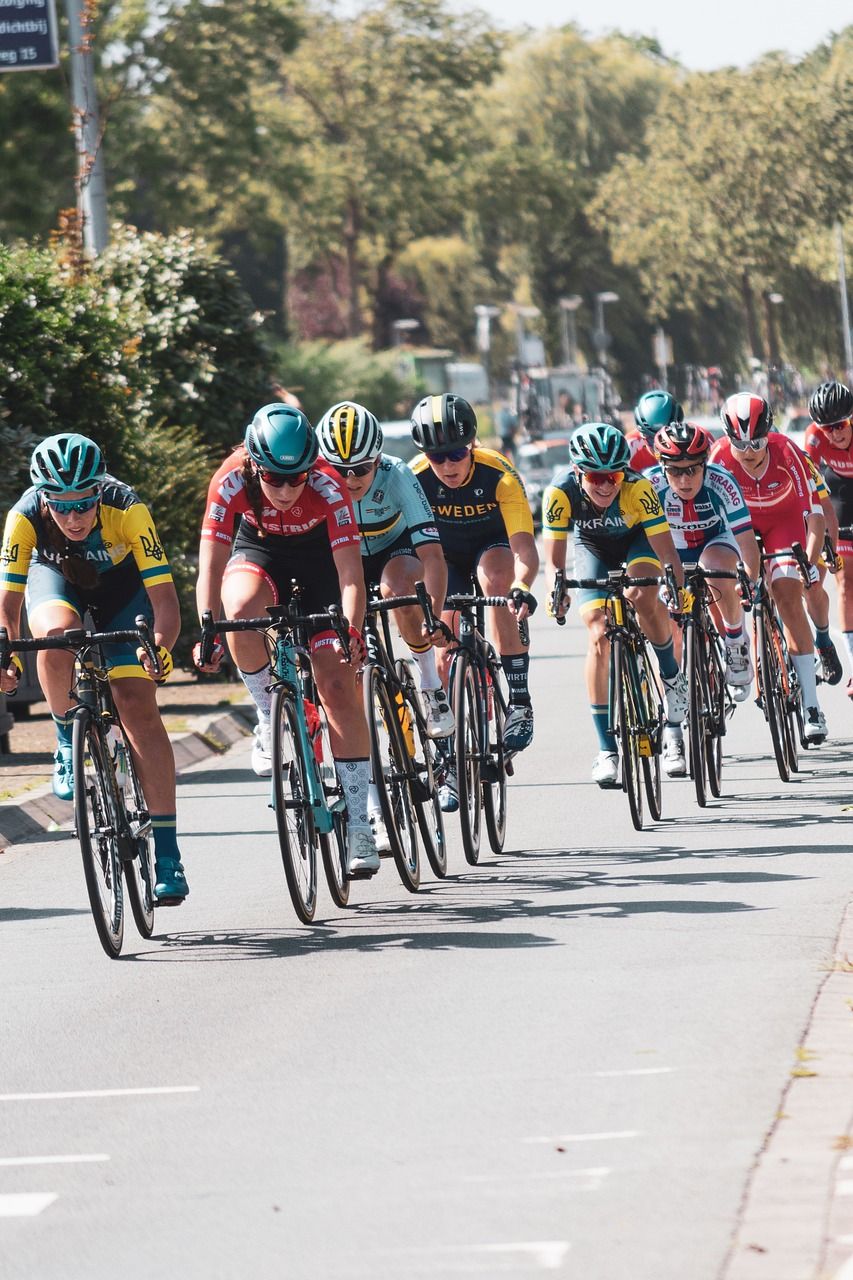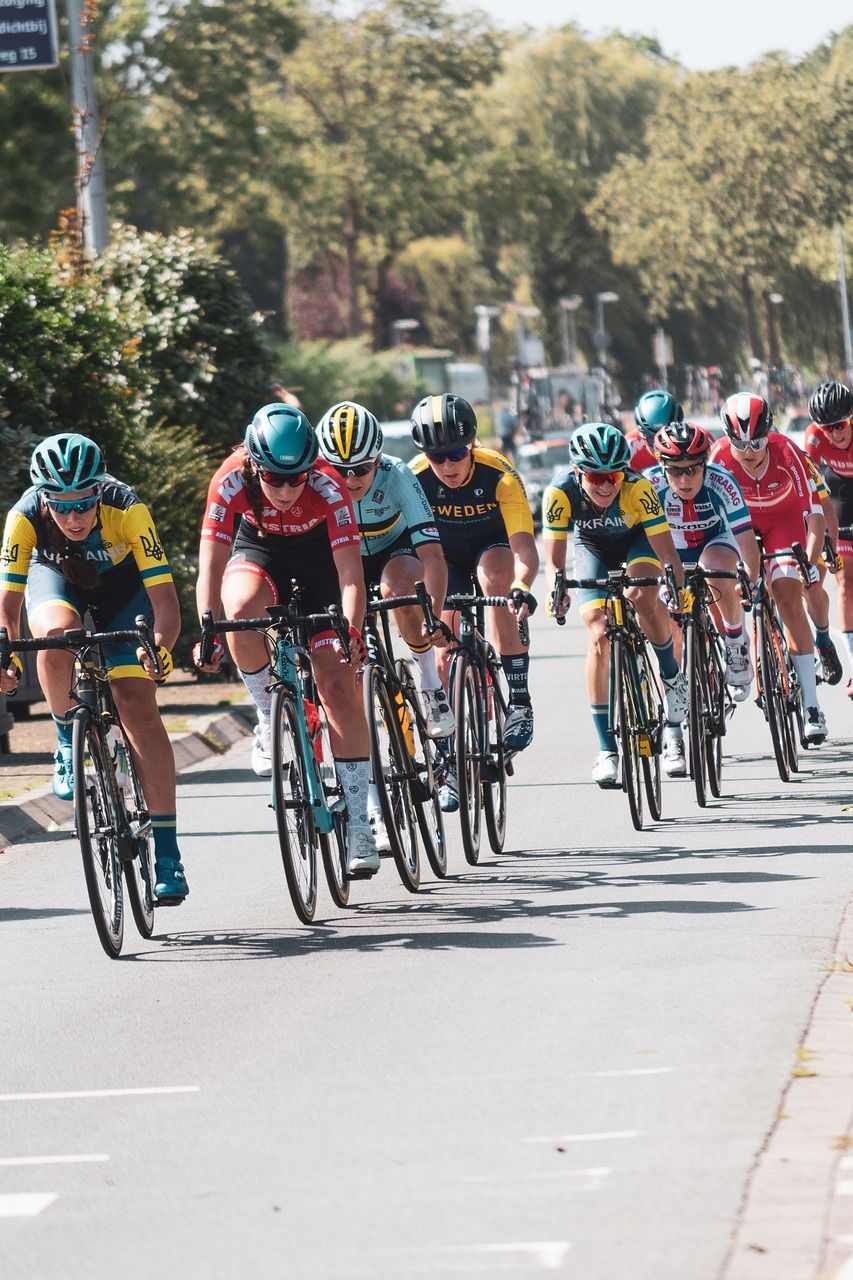Tour de France Standings: A Comprehensive Guide

Introduction:
The Tour de France is the most prestigious and grueling bicycle race in the world. Each year, cyclists from all over the globe gather in France to endure a three-week-long endeavor, pushing their limits both physically and mentally. One of the most intriguing aspects of the Tour de France is the standings, which reflect the overall performance and position of each cyclist in the race. In this article, we will provide a comprehensive overview of the Tour de France standings, highlighting their significance and evolution over time.
Understanding Tour de France Standings:

The Tour de France standings play a crucial role in determining the success and reputation of cyclists throughout the race. These standings are based on the time taken by each cyclist to complete stages, with the general classification being the primary focus. The general classification, often referred to as the yellow jersey, showcases the overall leader who has completed all stages with the fastest cumulative time. This iconic yellow jersey has become synonymous with the Tour de France itself, embodying strength, endurance, and determination.
In addition to the general classification, various other standings contribute to the overall competitive nature of the race. These include the points classification, polka dot jersey for the King of the Mountains, white jersey for the best young rider, and team classification. Each of these standings adds a layer of complexity and excitement to the race, encouraging cyclists to perform at their best in different aspects of the competition.
Historical Evolution of Tour de France Standings:
The Tour de France standings have undergone significant changes and refinements since the race’s inception in 1903. Initially, the standings were solely based on time, with no separate categories or jerseys. However, as the race grew in popularity and complexity, organizers introduced various classifications to further engage spectators and highlight different cycling skills.
In 1919, the introduction of the general classification or the yellow jersey revolutionized the concept of standings. Cyclists now had a tangible symbol of their overall success in the race, attracting both media attention and public interest. Over the years, the method of calculating standings has evolved, considering factors such as time bonuses, intermediate sprints, and mountain stage performances.
One of the most notable developments in Tour de France standings occurred in 1953 with the introduction of the points classification or the green jersey. This classification rewards consistent performance in sprint finishes and intermediate sprints, highlighting the skills of sprinters during the race. This new addition provided a distinct opportunity for specialized cyclists to showcase their abilities and compete for a coveted jersey.
In the 1975 edition, organizers introduced the polka dot jersey, officially known as the King of the Mountains classification. This classification rewards the cyclists who excel in mountain stages, conquering challenging climbs and collecting points based on the difficulty of the ascents. The polka dot jersey has become synonymous with climbers, celebrating their determination and tenacity in overcoming arduous mountainous terrains.
Throughout the years, the Tour de France standings have witnessed several modifications, fine-tuning the concept to ensure fairness and excitement. These changes have not only enhanced the competitiveness of the race but also captivated audiences worldwide, making the Tour de France one of the most-watched sporting events.
Featured Snippet: A Comprehensive Guide to Tour de France Standings
– The Tour de France standings consist of various classifications, with the general classification being the most significant.
– The general classification features the overall leader, indicated by the yellow jersey, with the fastest cumulative time.
– Additional standings include the points classification (green jersey), King of the Mountains (polka dot jersey), white jersey for the best young rider, and team classification.
– The standings have evolved over time, with the introduction of the yellow jersey in 1919, points classification in 1953, and King of the Mountains in 1975.
– The standings reflect the diverse skills and strengths required in different aspects of the race, catering to both sprinters and climbers.
– Tour de France standings have become integral to the race’s identity, attracting media attention and public interest.
– The standings have been refined to ensure fairness and excitement, incorporating factors such as time bonuses, intermediate sprints, and mountain performances.
– Video showcasing thrilling moments from past Tour de France standings]
Conclusion:
The Tour de France standings hold immense significance, reflecting the overall performance and position of cyclists throughout the race. With the introduction of various classifications, such as the yellow jersey, green jersey, polka dot jersey, and white jersey, the standings provide a comprehensive overview of the diverse skills and strengths required in this prestigious event. The continual evolution of these standings has not only enhanced the competitiveness of the race but also captivated audiences worldwide. The Tour de France standings embody the spirit of endurance, determination, and triumph, making it a captivating spectacle for sports and leisure enthusiasts alike.
















































